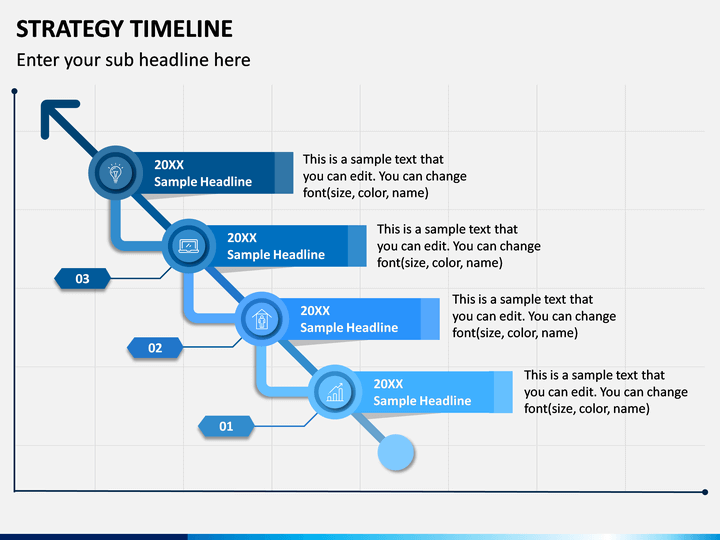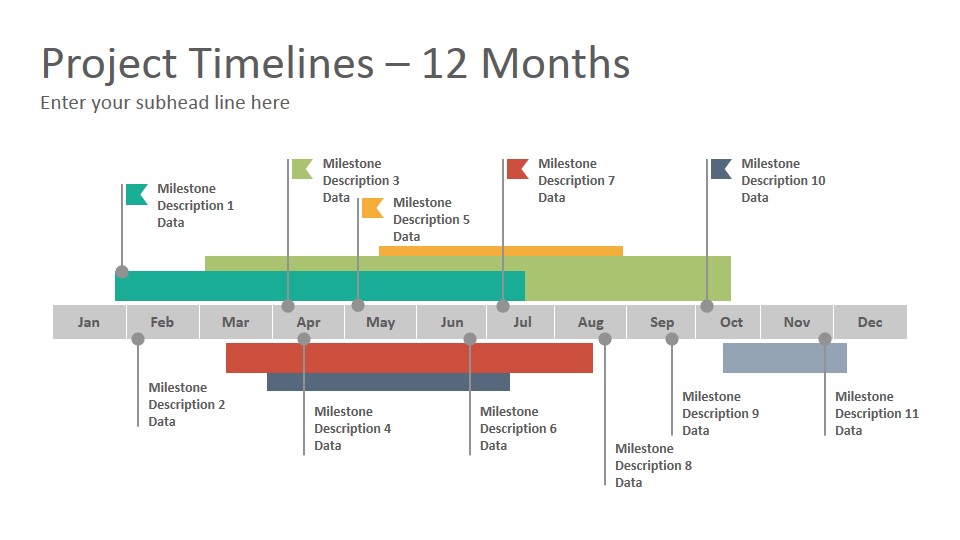

That’s why we’d recommend using the Text Pane instead, as it’s faster and it allows you to easily add extra milestones to your PowerPoint timeline. You can insert your own data directly on the graphic by typing inside the boxes on the slide, but adding new milestones or events besides the 3 default ones can become a little tricky this way. The default graphic generated by PowerPoint will have placeholder text and only 3 milestones. You can change the style at any time from the SmartArt Tools Design tab on the ribbon if you want to try out different layouts for your graphic. For a simple graphic that clearly shows the key events or milestones of a project, we’d recommend choosing the Basic Timeline. In the window that pops up, select the Process category, where you will find a variety of graphic options to choose from for your PowerPoint timeline. Go to the Insert tab on the PowerPoint ribbon and click on the SmartArt button in the Illustrations section. Here are the exact steps:Ĭreate a new presentation or open an existing one and add a new blank slide.

If you prefer to manually build a PowerPoint timeline, you will need to use PowerPoint's SmartArt tools to create a basic visual and then adjust that graphic to make it look better for presentations.

Check out the “How To” slide at the start of the deck to learn how to use this as a Google Slides theme, PowerPoint template or Canva theme.How to manually make a timeline in PowerPoint 1. Create a basic timeline graphic. Just refer to the handy Icons and Elements resource slide for inspiration. To personalize this layout, you can choose from a library of icons, illustrations, and other graphics.

Make it easy to present, edit, and share a project plan. Visualize your goals or show everyone how far you’ve come. Add details about your deadlines, goals, and milestones. Have a project that needs organizing? Keep track of your progress with a project timeline, easy to use as a Google Slides template, PowerPoint theme, or Canva template.


 0 kommentar(er)
0 kommentar(er)
